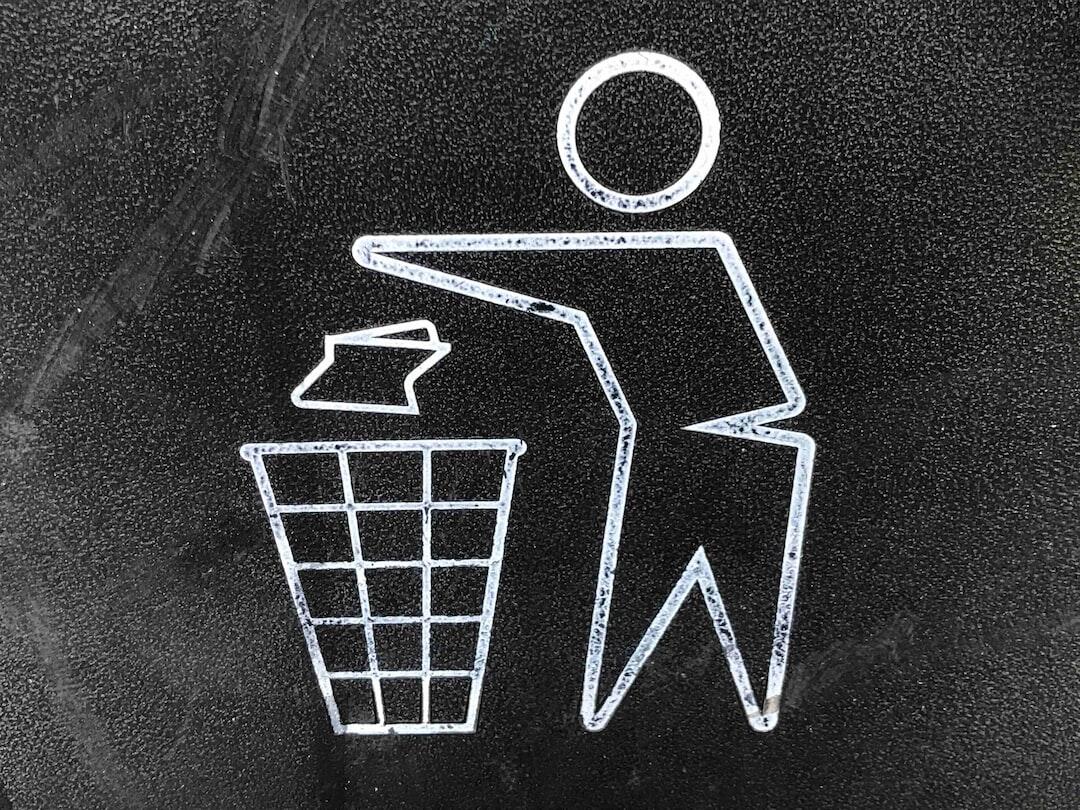
Breaking Down the 4 Process to Advanced Waste Disposal
Are you interested in new ways to handle and get rid of waste? Well, you’re in the right place. Advanced waste disposal is important for keeping our planet healthy and saving our resources.
It’s crucial to know about the methods and technologies we can use to manage waste properly. This blog post will give you useful information about the key processes of advanced waste disposal. Keep reading as we explore more about advanced waste disposal and find out how we can all help protect our planet.
Let’s work together towards a better, more sustainable future.
1. Incineration
Incineration is the process of burning waste materials at high temperatures. This reduces them to ash and gaseous byproducts. This method of advanced waste disposal is often used for municipal, medical, and hazardous waste. The waste is loaded into a furnace, where it is exposed to high temperatures of up to 1,000 degrees Celsius.
This intense heat not only breaks down the waste but also destroys harmful pathogens and toxins. The resulting ash can then be landfilled, while the gaseous byproducts can be filtered and treated before being released into the atmosphere. Incineration is an advanced garbage disposal, providing a more efficient and environmentally friendly alternative to traditional landfilling.
2. Recycling
It involves collecting, sorting, and processing waste materials to create new products, thereby reducing the amount of waste that ends up in landfills. Recycling not only helps to conserve natural resources but also reduces the negative impact on the environment caused by waste disposal. By reusing materials, the need for the production of new items is decreased, resulting in the following:
- lower carbon footprint
- and improved air and water quality
Moreover, recycling also creates job opportunities and contributes to the economy. It is an important process that promotes sustainable living and should be embraced by individuals, communities, and businesses alike.
3. Composting
The process involves collecting biodegradable waste such as the following:
- leftover food
- garden trimmings
- and yard waste
It creates a controlled environment for decomposition to take place. The materials are then turned and mixed to provide the necessary oxygen for microorganisms to thrive. As they break down the waste, they produce heat, which speeds up the process.
The resulting compost can be used as a fertilizer for gardens, reducing the need for harmful chemical fertilizers and diverting waste from landfills. This sustainable process not only benefits the environment but also creates a valuable resource for future use.
4. Landfills
The process involves burying waste in specially designed areas of land, allowing it to decompose over time. This helps to prevent pollution and contamination of the surrounding environment. For instance, when you compare a cesspool vs a septic tank, it is important to note that both are types of on-site wastewater treatment systems.
Yet, a cesspool is a covered pit that collects and holds wastewater, while a septic tank has a more complex treatment process. Both systems play a role in advanced waste disposal and help to keep our environment clean and safe for future generations.
The Revolutionary Technology Behind Advanced Waste Disposal
Understanding the processes of advanced waste disposal is crucial in creating a sustainable and cleaner environment for future generations. By incorporating these methods into our daily lives, we can reduce the amount of waste produced and cut its impact on our planet.
Let’s start implementing these practices today and make a positive impact on our environment. Start taking action and join the movement toward responsible property disposition.
Looking for more tips and advice? You’re in the right place! Make sure to bookmark our page and come back to check out more interesting articles.








